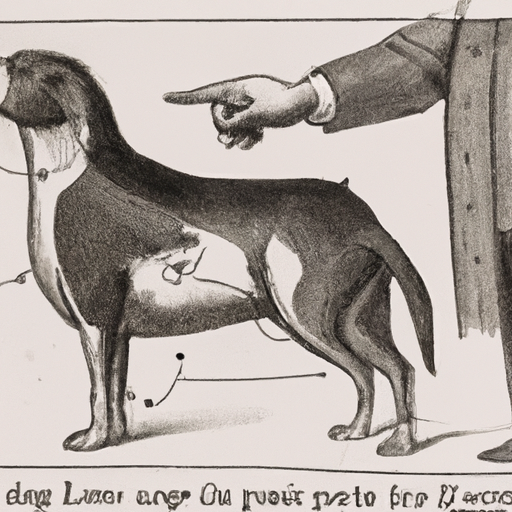As a caregiver, you’ve likely encountered myriad health issues with your furry friends. One such condition that might have caught your attention is lipoma in dogs. In this piece, you’ll unveil the mystery of this condition and learn how to ensure the best care for your dog.
What is Lipoma?
Lipomas are benign fatty tumors commonly found in dogs, especially as they age. They are typically soft and moveable, often found under the skin on the chest, abdomen, legs, or armpits. Although they are not cancerous, they can cause discomfort or other complications if they grow large or in a sensitive location.
Causes and Risk Factors
While the exact cause of lipomas remains unknown, there are several factors believed to contribute to their development:
- Age: Older dogs are more prone to developing lipomas.
- Breed: Certain breeds, such as Doberman Pinschers and Labrador Retrievers, are more susceptible.
- Overweight: Overweight dogs have a higher risk of developing lipomas.
Symptoms and Diagnosis
Lipomas are usually round or oval lumps that you can feel when petting your dog. They are typically:
- Soft and squishy, not hard or rigid.
- Moveable, not attached to the underlying tissue.
- Not painful when touched.
Your vet will typically diagnose a lipoma through a fine needle aspiration, where they draw out cells from the lump and examine them under a microscope.
Treatment Options
The treatment for lipomas largely depends on their size and location. Here are some possible options:
- Observation: Small, non-bothersome lipomas may not require treatment.
- Surgery: Large or uncomfortable lipomas may need surgical removal.
- Liposuction: This can be an option for lipomas in difficult to operate areas.
| Treatment | Pros | Cons |
|---|---|---|
| Observation | No risk of surgery | Lipoma may continue to grow |
| Surgery | Lipoma is completely removed | Risk of surgical complications |
| Liposuction | Less invasive than surgery | Some lipoma may remain |
Prevention and Care
While it’s not possible to completely prevent lipomas, maintaining a healthy weight and diet for your dog can help reduce the risk. Regular vet check-ups are also crucial to detect any new lumps early.
Frequently Asked Questions
Q: Are lipomas dangerous?
A: Lipomas are benign, meaning they are not cancerous. However, they can cause discomfort or complications if they grow large or occur in certain locations.
Q: How can I tell if my dog has a lipoma?
A: Lipomas are typically soft, moveable lumps under the skin. If you notice any new lumps on your dog, it’s best to consult your vet.
Q: Does my dog’s lipoma need to be removed?
A: Not all lipomas require removal. Your vet will help you decide the best course of action based on the size, location, and potential impact on your dog’s quality of life.



